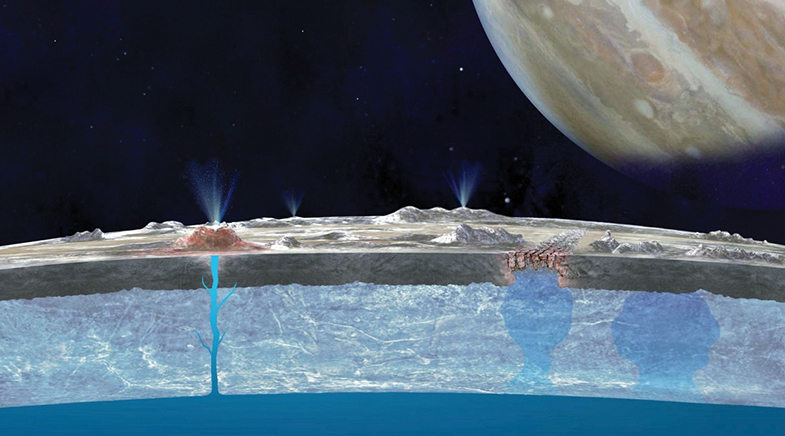Sowing seeds of doubt
-
- from Shaastra :: vol 03 issue 05 :: Jun 2024

A set of 14 essays compels readers to heed the lives of plants.
In the canal behind my parents' house in Kochi, the water flow is stymied by slow-moving carpets of water hyacinth. Pontederia crassipes, native to South America, is widely regarded as invasive and harmful, and for a touch of the dramatic, even called 'the terror of Bengal'. Water hyacinth entered India and other countries as an ornamental plant, admired for its purple blooms and bright green leaves, until the plant charted its own course. Writing about the giant hogweed (Heracleum mantegazzianum), also a former ornamental plant gone rogue, author Jessica J. Lee notes, "When we label a plant a 'weed' — or to use the terms more often deployed in ecology and conservation, 'invasive' or 'alien' — we are not just labelling that plant. We are implying a desired order for the world at large."
From weed to bean to crop to seed bank, the long journeys that plants make is the core of Lee's latest book Dispersals: On Plants, Borders, and Belonging. In these 14 essays that weave effortlessly through scientific, botanical, historical, and personal perspectives, Lee delves into the interconnected migrations of people and plants. An environmental historian and author of multiple books on nature writing, she leverages her family history to draw out parallels and linkages with the idea of dispersal. Born in Canada to a Welsh father and a Taiwanese mother, and currently based in Berlin, Lee reflects on the legacies of the plants she has grown up with. In the chapter 'Words for Tea', she maps out the history of trade, colonisation and imperialism in the everyday brew she would have with both sets of grandparents, one that called the drink tea, and the other 'cha'. In turn, she observes how the treatment accorded to plants has depended on the labels assigned to them, even though plants have always been indifferent to the tidy maps of borders and economies.

Each chapter in the book focuses on a category of plants or botanical science. Beginning with 'Margin', Lee trains her lens on plants considered to be weeds and the sheer adaptive potential within them that enables them to flourish better than native flora in a landscape. The chapter 'Dispersals' delves into the early history of taxonomy in the early 19th century. The author's lyrical prose deftly unpacks debates underpinning the extent to which a plant can be thought to 'belong' in a landscape. From the use of citizenship law (native, alien) to the alarmist labels of invasion ecology that sees native plants as 'good' and non-native plants as 'bad', Lee poses the question, "How, then, can we dwell in a zone of imperfection – managing some species while accepting others, in language that does the same...?". This is especially pertinent given that many plant species have undergone such extreme human intervention that they are nearly unrecognisable from their ancestors. But the utility of the plant to humans is the main driver of such calculations, informing how we approach conservation and extermination.
WAR AND SEEDS
Taking this a step further, in the chapter 'Seed', Lee delves into the ethics and necessity of seed banking, which is particularly compelling in the light of food insecurity arising from climate change and regional conflict. In 2015, seeds were for the first time withdrawn from the Svalbard Global Seed Vault by scientists in Syria, after the ongoing civil war impeded access to their seed bank in Aleppo. "Seed banks exist in orientation to an uncertain future," she writes. "But how we decide what is worth saving is tied deeply to where and when we make that calculus."
The treatment accorded to plants has depended on the labels assigned to them, even though plants are indifferent to the tidy maps of borders and economies.
It's hard to classify Dispersals in a neat genre, given how it straddles the worlds of personal history, natural sciences, and philosophical enquiry. At its weakest, the book is a series of questions about how we can reimagine ourselves in relation to plants. At its strongest, Lee offers us a powerful and compassionate way of paying attention to the lives of plants — on their own terms.
Rihan Najib did an MA in Development Studies, and works as a UX research consultant.
Have a
story idea?
Tell us.
Do you have a recent research paper or an idea for a science/technology-themed article that you'd like to tell us about?
GET IN TOUCH














